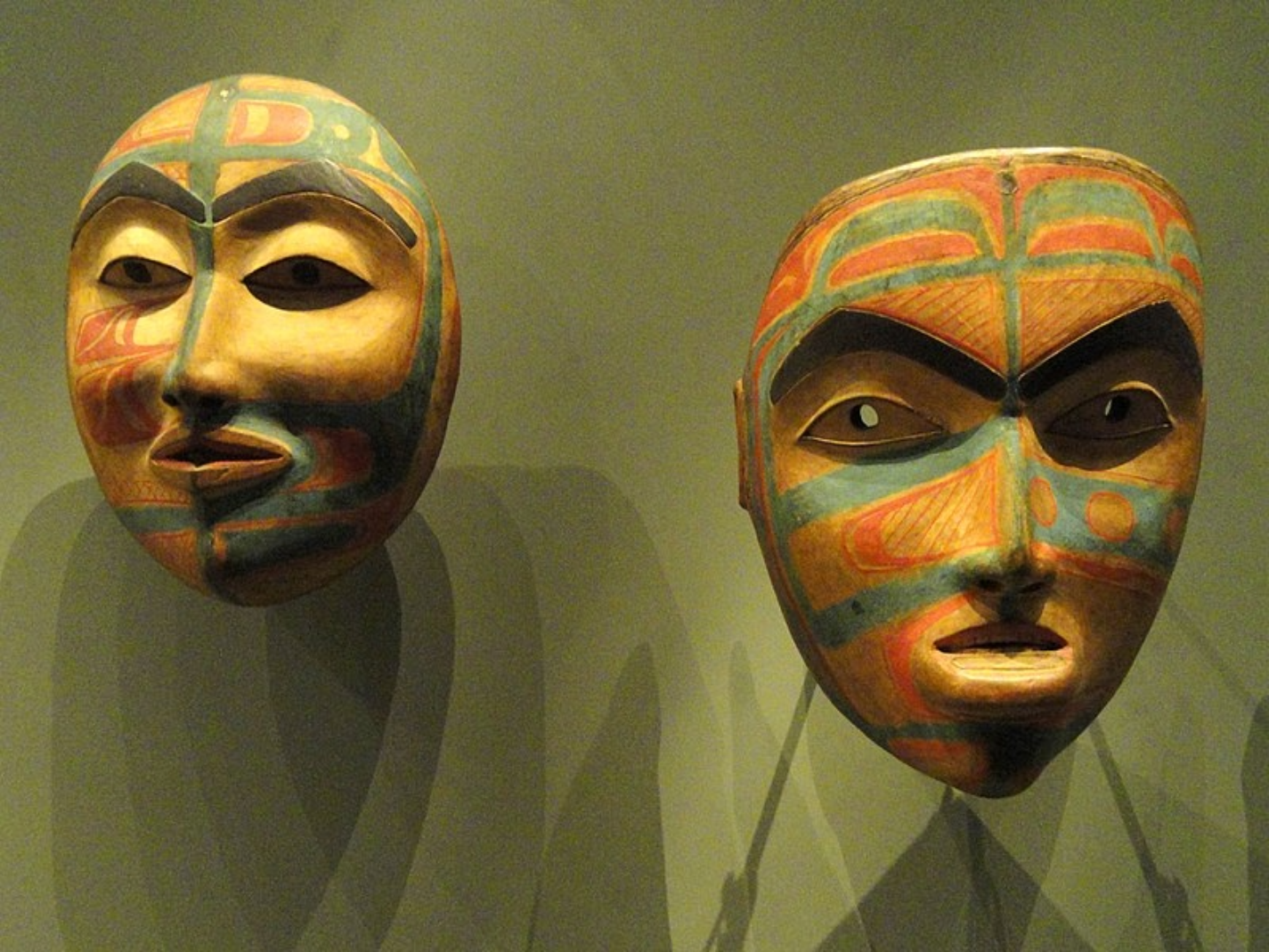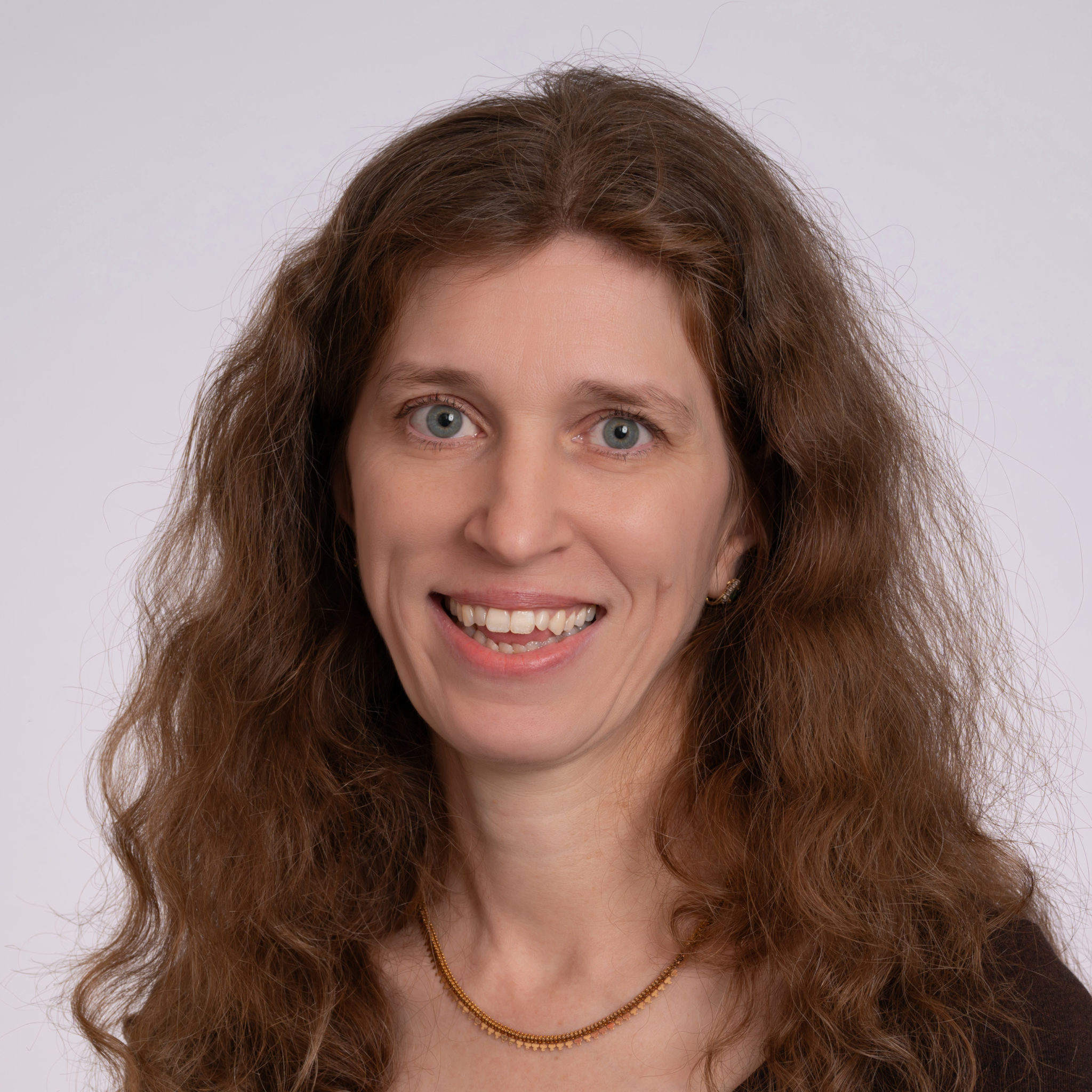
Editor’s Note: This article was originally published by City Journal on December 7, 2023 and is crossposted here with permission.
The American Museum of Natural History’s newest “revitalized” hall—the Northwest Coast Hall, which reopened in 2022 after five years and $19 million spent—includes a case with a warning label:
CAUTION: This display case contains items used in the practices of traditional Tlingit doctors. Some people may wish to avoid this area, as Tlingit tradition holds that such belongings contain powerful spirits.
Even if you disregard this caution, you’ll have difficulty seeing the items since “the case lighting has been darkened at the request of Tlingit advisors to reflect the cultural sensitivity of these items.” And just to be sure, the case bears a “no photography” sticker.
The case contains masks used by traditional Tlingit shamans, once referred to as witchdoctors; that term is no longer considered appropriate at the American Museum of Natural History, so they are now called simply “doctors.” According to the somewhat confusing text on the case, “By wearing masks that contained the spirits, doctors tapped into their power,” and presumably this power was what they believed helped heal people of diseases—both physical pathologies and spiritual ailments.
Though some questioned whether the items should be displayed at all—the official story holds that these materials were stolen from graves—Tlingit advisors wished to keep the display. The “American Museum of Natural History staff, with support from Tlingit experts, concluded that displaying the materials honored Tlingit cultural history—but that it was crucial to acknowledge the sensitivity and ongoing power of these objects.”
The presentation and treatment of this display case epitomizes what has gone wrong in the remodeling of the Northwest Coast Hall: museum staff are allowing creation myths and other religious and supernatural beliefs to be depicted as historical facts and scientific truths.
Another example of the Northwest Coast Hall’s blurring of fact and fiction can be found in the text on the origin of the Northwest Indian tribes, provided by Iris (Nunanta) Siwallace, a cultural researcher for the Nuxalk Nation in Bella Coola, British Columbia. “Our first Ancestors who descended from the heavens down to Earth either came in the form of animals or on the eyelashes of the Sun,” she writes. This may be a beautiful creation myth, but exhibit designers should distinguish the tale from the factual story of human origins. Exhibit halls created earlier, such as the 1970 Hall of Mexico and Central America and the 1989 Hall of South American Peoples, do a far better job of telling visitors when something is believed, when something is true, and when something is unknown. By depicting these stories as factual, the museum is no different than a creationist museum portraying an Adam and Eve biblical story as empirical fact.
In some cases, the lines between fact and fiction seemed to be even more deliberately blurred, as in the case showing painted panels of the Nuu-chah-nulth, formerly referred to as the Nootka, which states:
The painted panel displayed above commemorates events experienced by Sin-Set, a Nuu-chah-nulth Chief of the Huupa’Chesat-h Nation, around 1850. While taking salmon from a trap on the cascading Sproat River, the Chief lost his balance and fell in a deep pool. Two supernatural Whales called out to him and took him on a journey. In the course of his travels, he entered the lake above the river, met a Thunderbird and a Lightning Serpent, and visited the House of Wolves.
This text depicts a supernatural event as a real occurrence, even providing a date. This is not the only example of such deceptive practices. In reference to a panel by the ‘Namgis of British Columbia, the accompanying text informs us:
According to ‘Namgis history, the supernatural Kulus, a down-covered Thunderbird, lived above the Sun. One such bird named Tlalamin came down to the human world and built a house near Nimpkish Lake decorated with clouds, stars, and the Sun. Then Tlamamin took off his Kulus clothing and became a man.
This is not history. It is mythology.
And the use of such folklore is not limited to the past; upon entrance to the exhibit, visitors are greeted with quotes from indigenous collaborators appealing to the supernatural to argue for repatriation of artifacts. For instance, Judith Dax̱ootsú Ramos, a professor at University of Alaska Southeast who is also Tlingit, states:
What we have in the Museum are not just works of art—they’re spiritual beings. And, when we see them, we know they’re calling to us, “We want to come home.” I’ll always remember an Elder who went to a museum, and she could see the mist of an object coming out of the drawer where it was contained. She said, “We’ll bring you back home.”
More simply, Morgan (Secəlenəxʷ) Guerin, a member of the Musqueam First Nation, noted that “There’s a lot of Ancestors’ souls within these pieces.”
When fact and fiction are blurred as in the Northwest Coast Hall, the museum fails at its stated mission: “To discover, interpret, and disseminate—through scientific research and education—knowledge about human cultures, the natural world, and the universe.” By allowing indigenous collaborators to set the terms, the museum fails to educate the public—both indigenous and non-indigenous. Five million people, including “hundreds of thousands of K-12 students and teachers,” visit the museum annually; they are being misinformed by arguably one of the nation’s finest public institutes of science.
Throughout the museum, one sees signs that New York State is making changes that will “address aspects of our history, colonialism, and the broader legacy of museum collecting.” These changes, we’re told, will “increase diversity of voices and perspectives” with the “goals to offer history and context and to enhance cultural understanding.” In short, the changes are motivated by a desire to atone for past wrongs and erase the racism experienced by indigenous people. A far better way to compensate for past mistakes is to educate people with historical and scientific information, rather than patronizing them with mythology masquerading as fact.
Photo by Daderot — Wikimedia Commons
